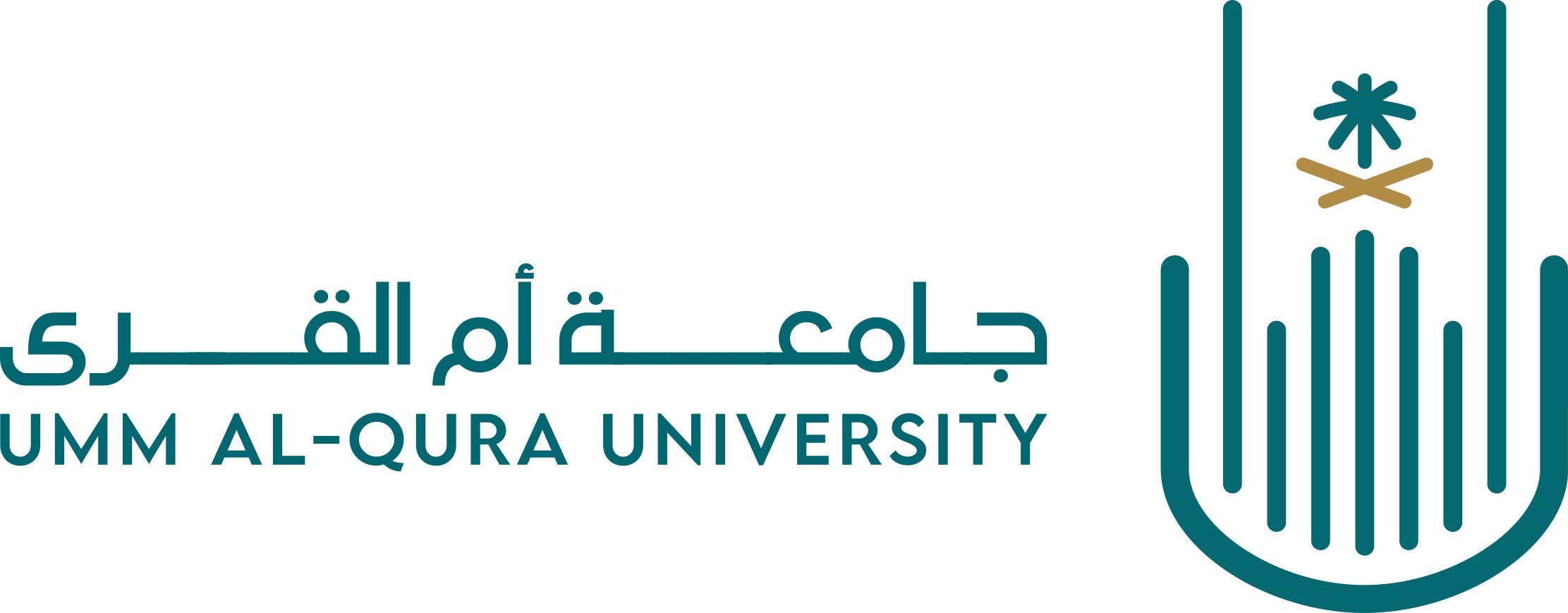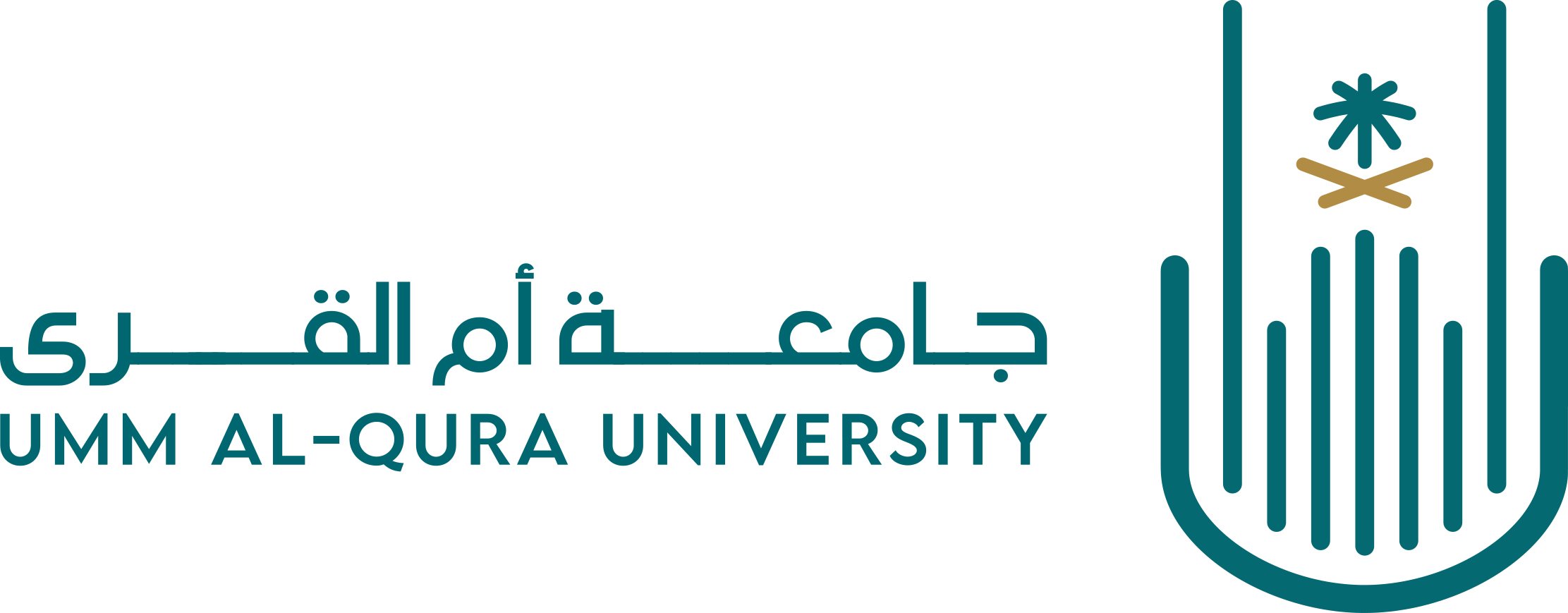- Communities& Collections
- Browse Items by:
- Issue Date
- Author
- Title
- Subject
محاكاة دخول وخروج الزوار من المرافق العامة (دورات المياه) في مسجد النبوي الشريف
الملايين من المسلمين يقومون بزيارة المسجد النبوي الشريف خلال السنة وخصوصا في شهر رمضان وموسم الحج والعمرة. وخلال الزيارة يقوم المسلمين بزيارة قبر الرسول صلى الله عليه وسلم وأداء الصلوات الخمس في المسجد. وتشترط الطهارة للصلاة عن طريق ممارسة الوضوء لهذا فإن المرافق العامة مثل دورات المياه تعتبر مهمة جدا بالنسبة لزوار المسجد النبوي الشريف. نظرا للعدد الهائل من الزوار في كل صلاة، وكثرة الازدحام في دورات المياه في أوقات الصلوات الخمسة بسبب أداء فريضة الوضوء. لذا فإن أعداد الزوار الداخلين إلى والخارجين من إحدى وحدات دورات المياه (بأدوارها الأربعة) تم رصدها لنمذجة تدفق الزوار من وإلى دورات المياه. والهدف من هذا المشروع هو تقييم حركة الزوار داخل دورات المياه بحسب الوضع العادي والطوارئ باستخدام برمجيات محاكاة الحشود (برنامج buildingEXODUS). واخيرا يمكن استخدام النتائج من المشروع للتطوير المستقبلي في ضوء التوسعة الجديدة للمسجد النبوي الشريف. Millions of Muslims visit Al-Masjid An-Nabawi throughout the year especially during the seasons of Ummrah and Hajj. The main purpose of their visit is to visit the graveyard of the Prophet Mohammed peace be upon him and pray the five daily prayers at this specific mosque due to the special rewards. The prayers require Muslims to be in a clean (ablution) state. Hence, the washroom (public utility) is essential beside the mosque. Many visitors require using these facilities before the prayer. Given the huge number of visitors, the washroom units are extremely congested with people performing ablution. Real data of the number of people entering and exiting the four level washroom units are gathered to model the flow of people in and out of the washroom units. The purpose of this work is to assess the circulation of people within the washroom units during normal and emergency situations using crowd simulation software buildingEXODUS. Finally, the results from this work provide recommendations for the new expansion of the mosque. Introduction Developing accurate representations of crowd-dynamics and behavior analysis presents one of the most challenging research issues in crowd management today. Crowd simulation is a powerful technique for analyzing crowds and observing (anticipated) human behavior and interaction in order to replicate the collective crowd-behavior [1] for a given population, environment and under various hazard scenarios. From the literature, three approaches are used to simulate crowds: fluids, cellular automata and particles. A brief literature survey on crowd simulation is presented in Table 1. Table 1: Literature Survey on Crowd Management and Simulation
| Title: | محاكاة دخول وخروج الزوار من المرافق العامة (دورات المياه) في مسجد النبوي الشريف |
| Other Titles: | Simulation of people entering and exiting the public Utilities (Washrooms) at Al-Masjid An-Nabawi |
| Authors: | الجناحي, ياسر محمد طيان, عمر كبير, محمد نعمان |
| Subjects :: | المسجد النبوي تنظيم دخول المرافق العامة تقنية المحاكاة دورات المياه |
| Issue Date :: | 27-May-2015 |
| Publisher :: | معهد خادم الحرمين الشريفين لأبحاث الحج والعمرة - جامعة أم القرى |
| Series/Report no.: | أبحاث الملتقى العلمي 15;3 |
| Abstract: | الملايين من المسلمين يقومون بزيارة المسجد النبوي الشريف خلال السنة وخصوصا في شهر رمضان وموسم الحج والعمرة. وخلال الزيارة يقوم المسلمين بزيارة قبر الرسول صلى الله عليه وسلم وأداء الصلوات الخمس في المسجد. وتشترط الطهارة للصلاة عن طريق ممارسة الوضوء لهذا فإن المرافق العامة مثل دورات المياه تعتبر مهمة جدا بالنسبة لزوار المسجد النبوي الشريف. نظرا للعدد الهائل من الزوار في كل صلاة، وكثرة الازدحام في دورات المياه في أوقات الصلوات الخمسة بسبب أداء فريضة الوضوء. لذا فإن أعداد الزوار الداخلين إلى والخارجين من إحدى وحدات دورات المياه (بأدوارها الأربعة) تم رصدها لنمذجة تدفق الزوار من وإلى دورات المياه. والهدف من هذا المشروع هو تقييم حركة الزوار داخل دورات المياه بحسب الوضع العادي والطوارئ باستخدام برمجيات محاكاة الحشود (برنامج buildingEXODUS). واخيرا يمكن استخدام النتائج من المشروع للتطوير المستقبلي في ضوء التوسعة الجديدة للمسجد النبوي الشريف. Millions of Muslims visit Al-Masjid An-Nabawi throughout the year especially during the seasons of Ummrah and Hajj. The main purpose of their visit is to visit the graveyard of the Prophet Mohammed peace be upon him and pray the five daily prayers at this specific mosque due to the special rewards. The prayers require Muslims to be in a clean (ablution) state. Hence, the washroom (public utility) is essential beside the mosque. Many visitors require using these facilities before the prayer. Given the huge number of visitors, the washroom units are extremely congested with people performing ablution. Real data of the number of people entering and exiting the four level washroom units are gathered to model the flow of people in and out of the washroom units. The purpose of this work is to assess the circulation of people within the washroom units during normal and emergency situations using crowd simulation software buildingEXODUS. Finally, the results from this work provide recommendations for the new expansion of the mosque. Introduction Developing accurate representations of crowd-dynamics and behavior analysis presents one of the most challenging research issues in crowd management today. Crowd simulation is a powerful technique for analyzing crowds and observing (anticipated) human behavior and interaction in order to replicate the collective crowd-behavior [1] for a given population, environment and under various hazard scenarios. From the literature, three approaches are used to simulate crowds: fluids, cellular automata and particles. A brief literature survey on crowd simulation is presented in Table 1. Table 1: Literature Survey on Crowd Management and Simulation |
| Description :: | Recommendations: Use signage to warn and direct people away from overcrowded areas. Provide emergency exits. Reduce capacity to guarantee the safety of people during crowded and emergency situations. Train staff during emergencies in the underground washroom facilities, which is essential in accordance to an evacuation plan. Support the development of standards, such as building standards. The multicultural and diversity of people provides a fertile area of research especially in the development of standard, such as building, social … etc. |
| URI: | http://dorar.uqu.edu.sa//uquui/handle/20.500.12248/131624 |
| Appears in Collections : | 5- المحور الخامس دراسات التقنية وتطبيقاتها |
| File | Description | Size | Format | |
|---|---|---|---|---|
| السجل العلمي لأبحاث الملتقى 15-380.pdf | ملخص بحث - محاكاة دخول وخروج الزوار من المرافق العامة | 277.59 kB | Adobe PDF |  View/Open |
| أبحاث الملتقى 15 - إنجليزي-187-200.pdf | البحث باللغة الإنجليزية | 1.59 MB | Adobe PDF |  View/Open |
| Simulation of people entering and exiting the public Utilities (Washrooms) at Al-Masjid An-Nabawi.docx | البحث بصيغة وورد | 1.21 MB | Microsoft Word XML | View/Open |
Items in D-Library are protected by copyright, with all rights reserved, unless otherwise indicated.



Comments (0)